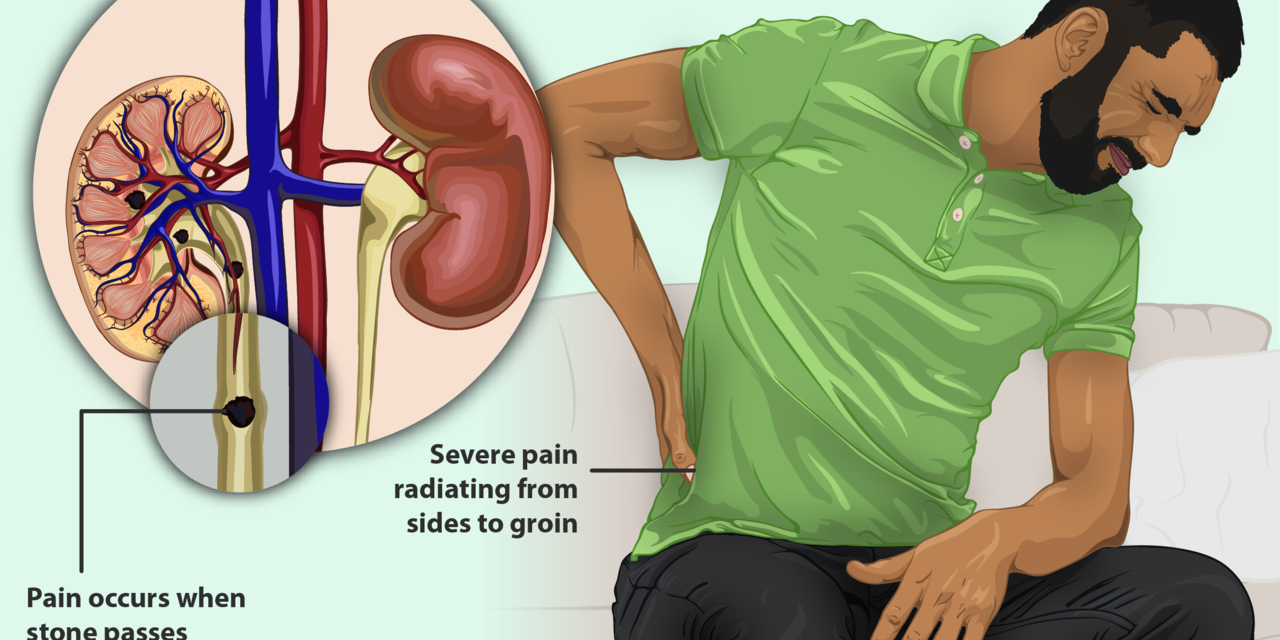Symptoms
You may suffer from abdominal pain ,flank pain or back pain . You may see some blood in the urine. You may also develop a low urine output and swelling in the legs however this presentation is rare.
Investigation
We investigate stone disease with blood tests and also an imaging study like an ultrasound or a CT scan. A CT scan is the most accurate method of diagnosing renal and ureteric stones.
Treatment
Treatment of stone disease depends on the site and size of the stone. A small asymptomatic stone in the kidney can be managed conservatively. Stones larger than 5 mm may need some form of treatment. The treatment can be non invasive like lithotripsy or invasive like endoscopic treatment.
Treatment of stones in the ureter is by ureteroscopy. Treatment of stones in the kidney is by either PCNL or RIRS
PCNL stands for percutaneous nephrolithotomy which includes making a hole in the kidney to pass a scope to break the stone.
RIRS is an endourological procedure where a flexible instrument is passed upto the kidney and stone broken down with laser.
Prevention
The commonest variety of renal stones are calcium oxalate stones. The best way to prevent their recurrence is to drink plenty of water and be well hydrated. The objective is to produce at least 2.5 litres of urine over a day with adequate hydration being maintained throughout including night time.
The other common variety of stone is uric acid stones. They are more common among diabetics. Prevention is based on control of sugars if diabetic and avoidance of high protein diet along with plenty of hydration.

